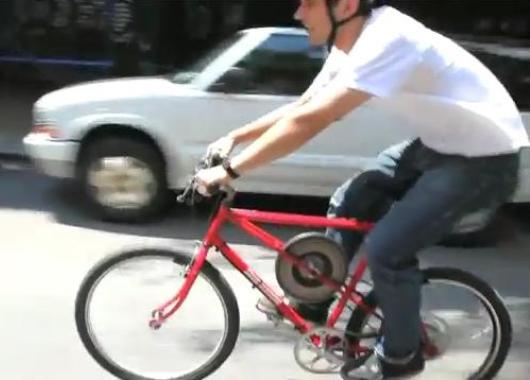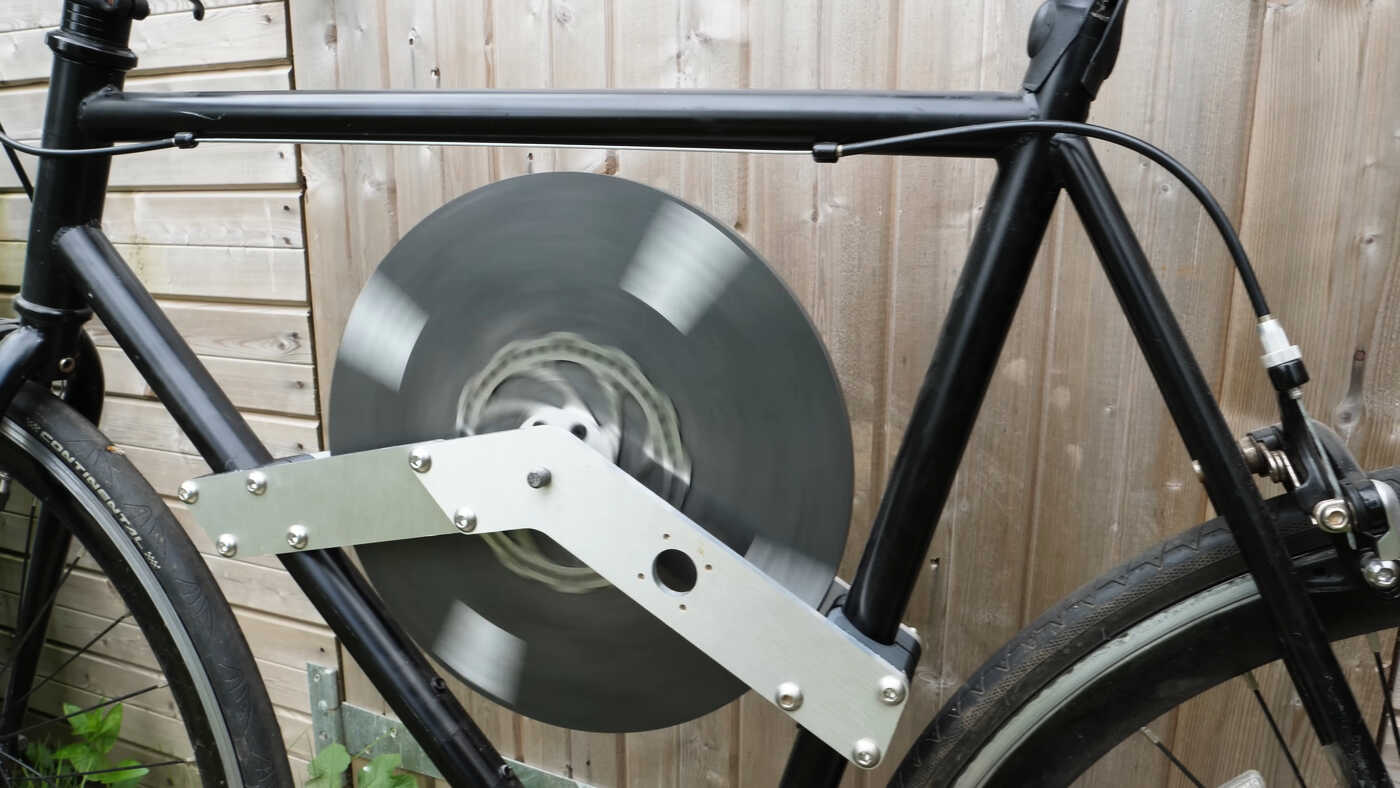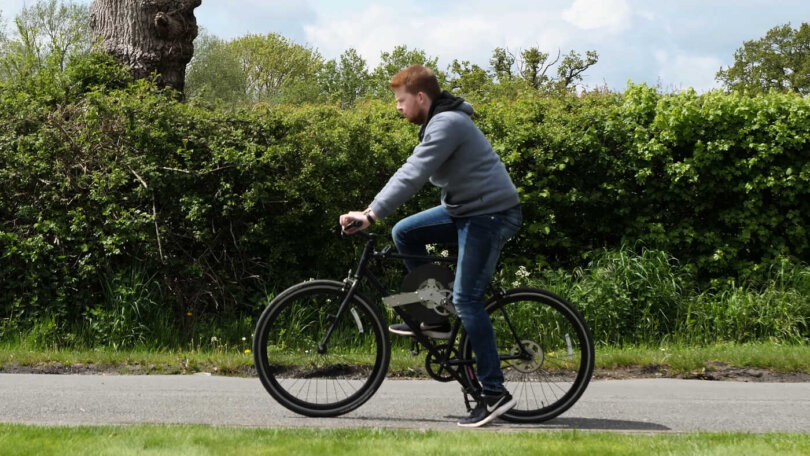Theory
The second law of thermodynamics states that the entropy (disorder) of a closed system never decreases. This means, for example, that if we start shuffling a deck of cards, the shuffles will become increasingly chaotic as their entropy increases. Therefore, the cards will never return to their initial position.
This statement was made by the physicist Arthur Eddington, who illustrated the very low probability of violating the second law of thermodynamics by stating that there is a higher probability of an army of monkeys randomly typing all the books in the British Museum.
For this reason, so-called perpetual motion machines cannot exist, as they would violate the principles of the second law of thermodynamics. Even so, there are devices that have tried to achieve this, and among these, flywheels are among those that have come “closest” to doing so. You may recognize the term, since all automobiles have a flywheel in the engine.
The concept of a Kinetic Energy Recovery System(KERS) is not new to the world of transportation. This system stores energy during braking to assist acceleration, rather than wasting it as heat in the brakes. This technology is similar to regenerative braking in electric and hybrid cars.

In this regard, in 2011, a recent Cooper Union graduate student, Max von Stein, built a bicycle that incorporates a flywheel. In this system, kinetic energy is stored when you stop pedaling, which can be transferred to the wheel to assist in acceleration after braking.
Practice
In 2021, Tom Stanton, a content creator, recreated von Stein’s flywheel design on a previously built bicycle. The flywheel, approximately 30 cm in diameter, was created from a laser-cut steel disc mounted to the bicycle frame with 6 mm thick aluminum brackets.

The challenge was to connect the flywheel to the rear wheel to capture braking energy and assist in acceleration. Stanton chose a clutch system that could be engaged and disengaged from the flywheel during braking and acceleration. The clutch solution involves a plate attached to another plate with specially designed cutouts for mounting bicycle brake pads, which can be pressed against the brake disc to act as a clutch.
The flywheel needs to rotate at 2000 RPM to store the energy needed to restart the bicycle, which requires a large gear ratio between the bicycle wheel and the flywheel. The clutch is operated using the left brake like a motorcycle, but in reverse of a motorcycle, so that pulling the brake engages the clutch instead of disengaging it.
After a bike ride, Stanton found that the clutch needed adjustment and that the flywheel slowed the bike down a lot when engaged. However, accelerating the flywheel while pedaling would cause it to spin at very high RPMs, and he could use the bike’s regular brakes to stop the bike.
In terms of speed recovery achieved by the flywheel, the initial braking technique only recovered approximately 22% of the bike’s original speed. The second technique of accelerating the flywheel prior to braking achieved a speed recovery of about 40%. However, the act of having to pedal to accelerate the flywheel before braking requires a lot of effort. The overall energy transmission efficiency I determine to be about 15%.
Conclusion
The flywheel bicycle is undoubtedly an innovative and useful creation for learning and experimental purposes. Currently, the prototype has proven to be effective in that it provides a relatively stable riding experience. However, there is room for improvement in terms of efficiency, noise and ease of use.
If the design undergoes further iterations and refinements, we can expect optimization in the performance and usability of the bike. This could include improving energy efficiency, reducing the weight and size of the flywheel, and incorporating additional features that make it easier to use and handle.
would you build or buy a flywheel bicycle?



